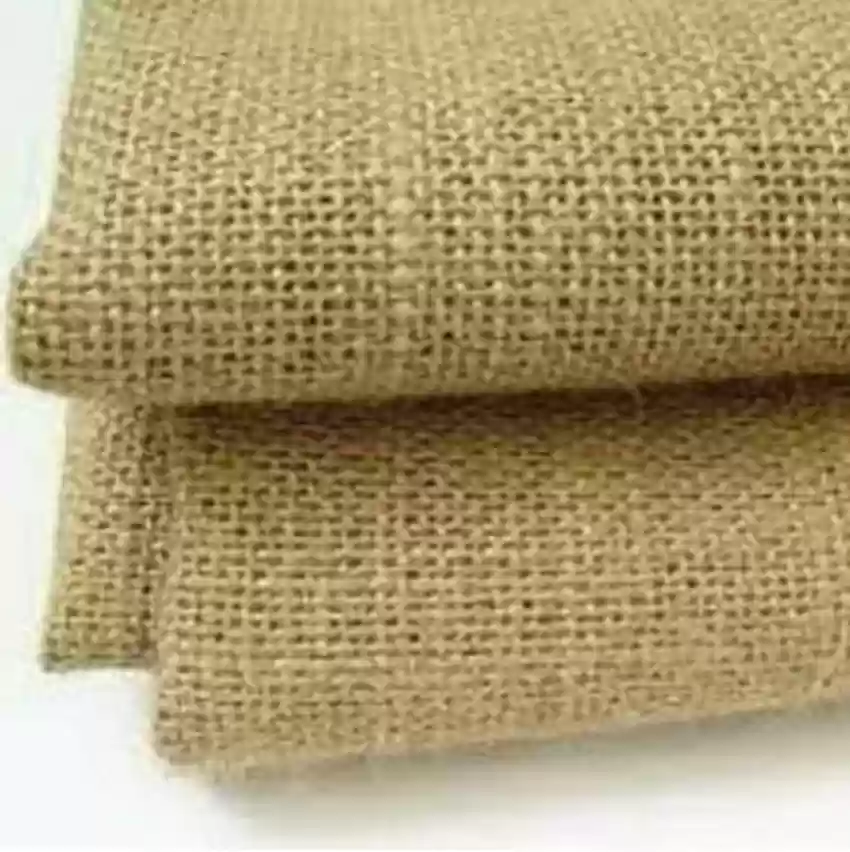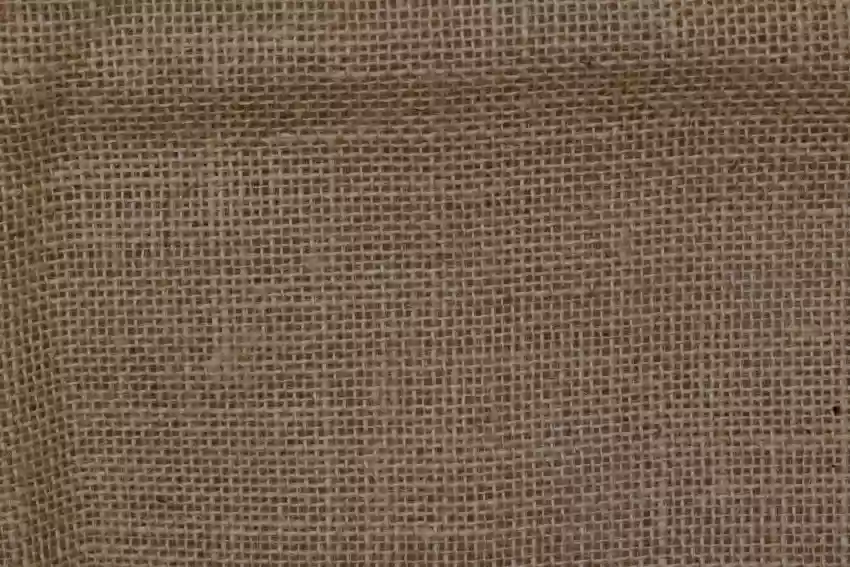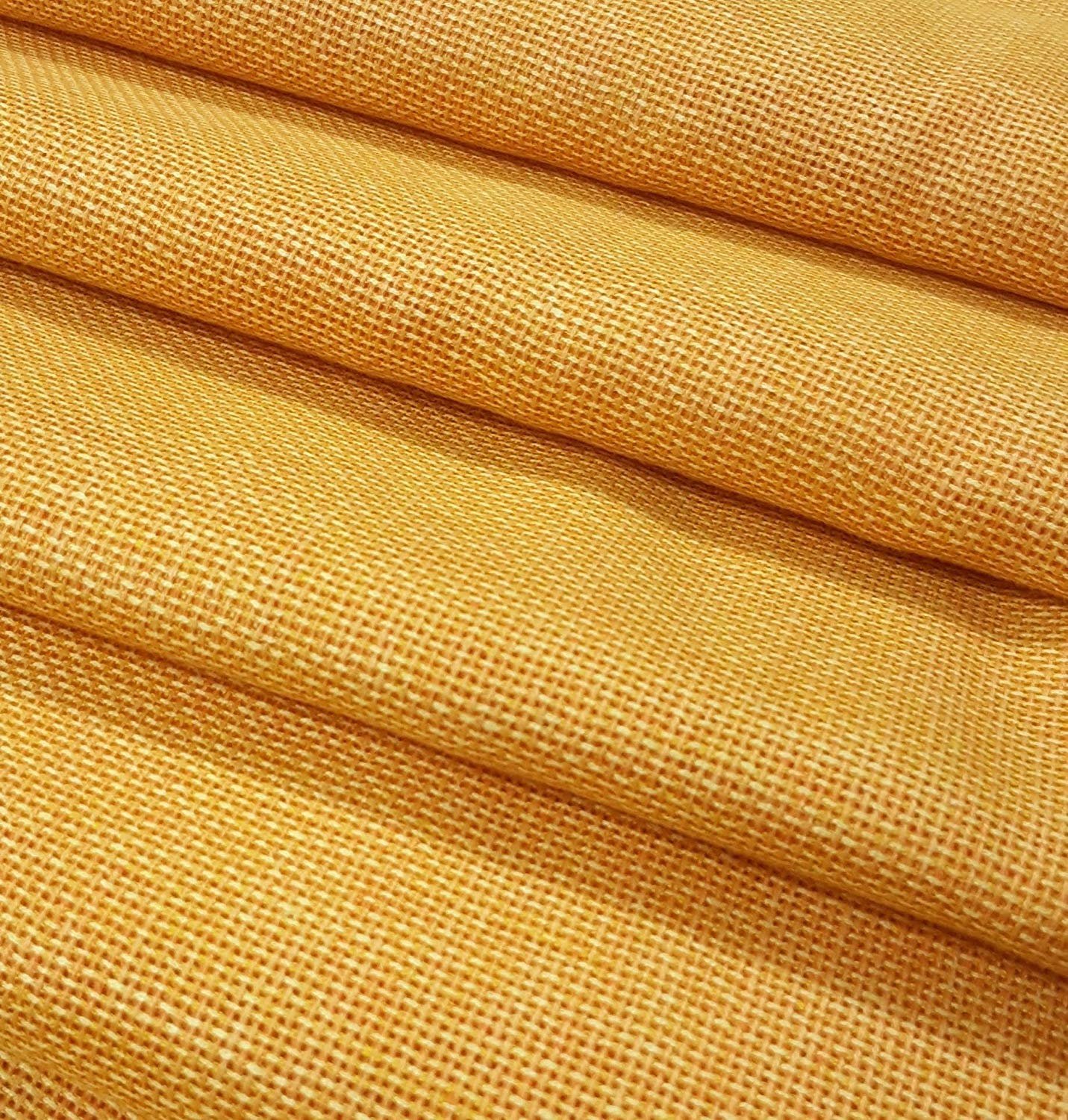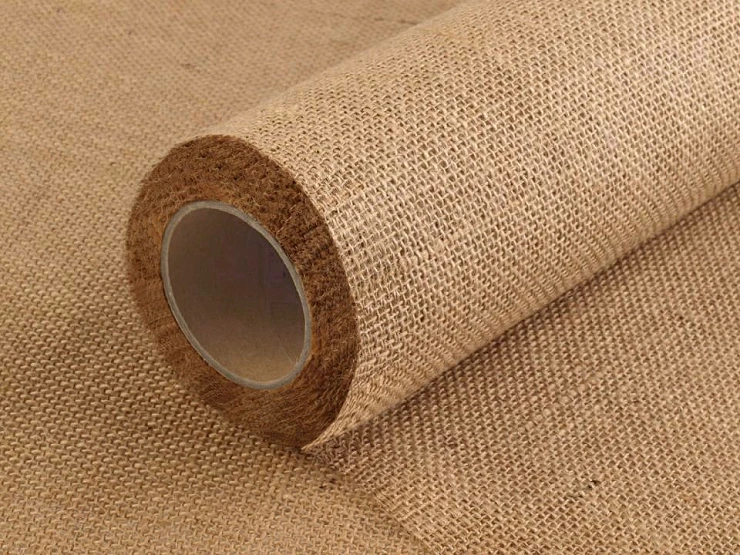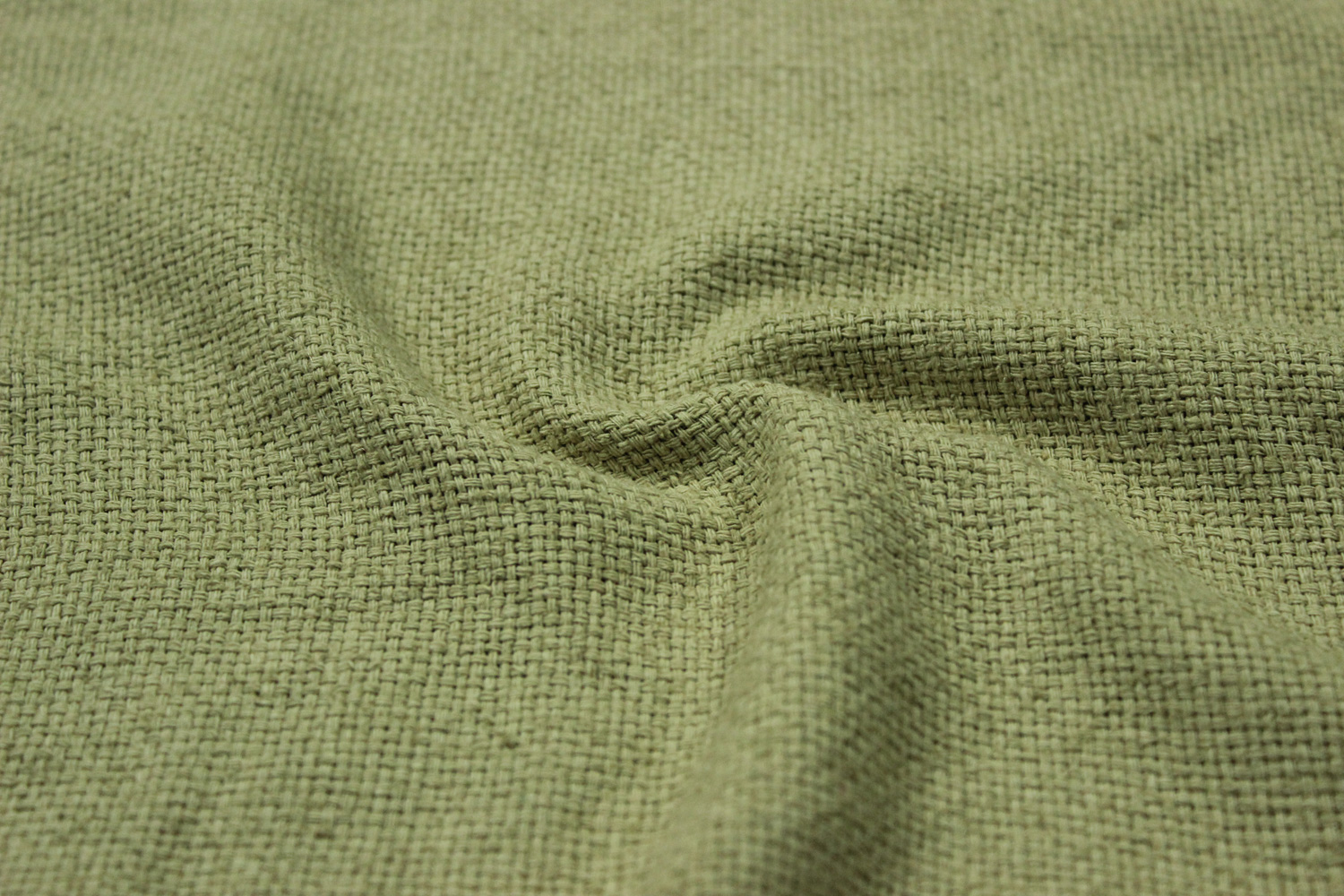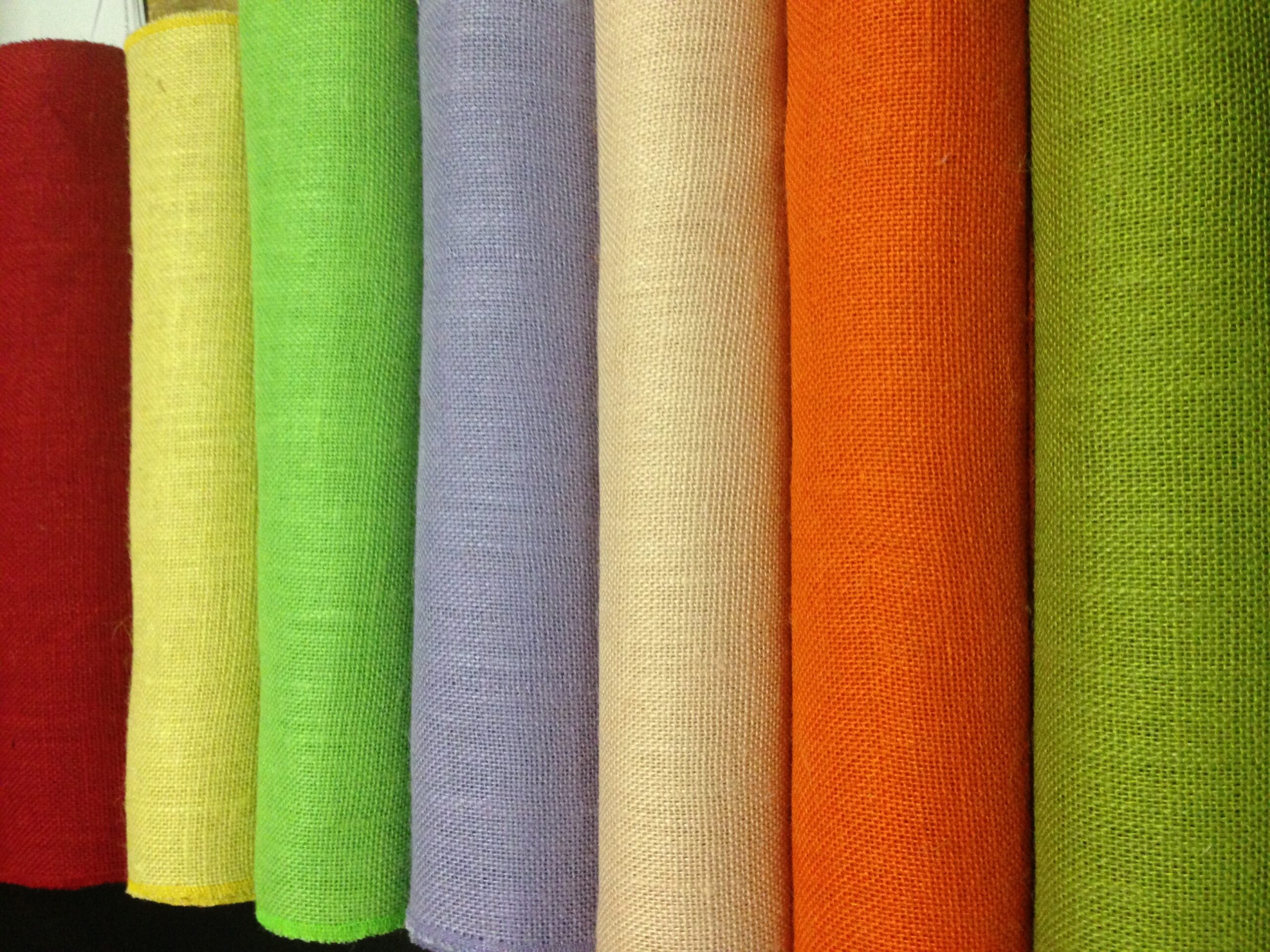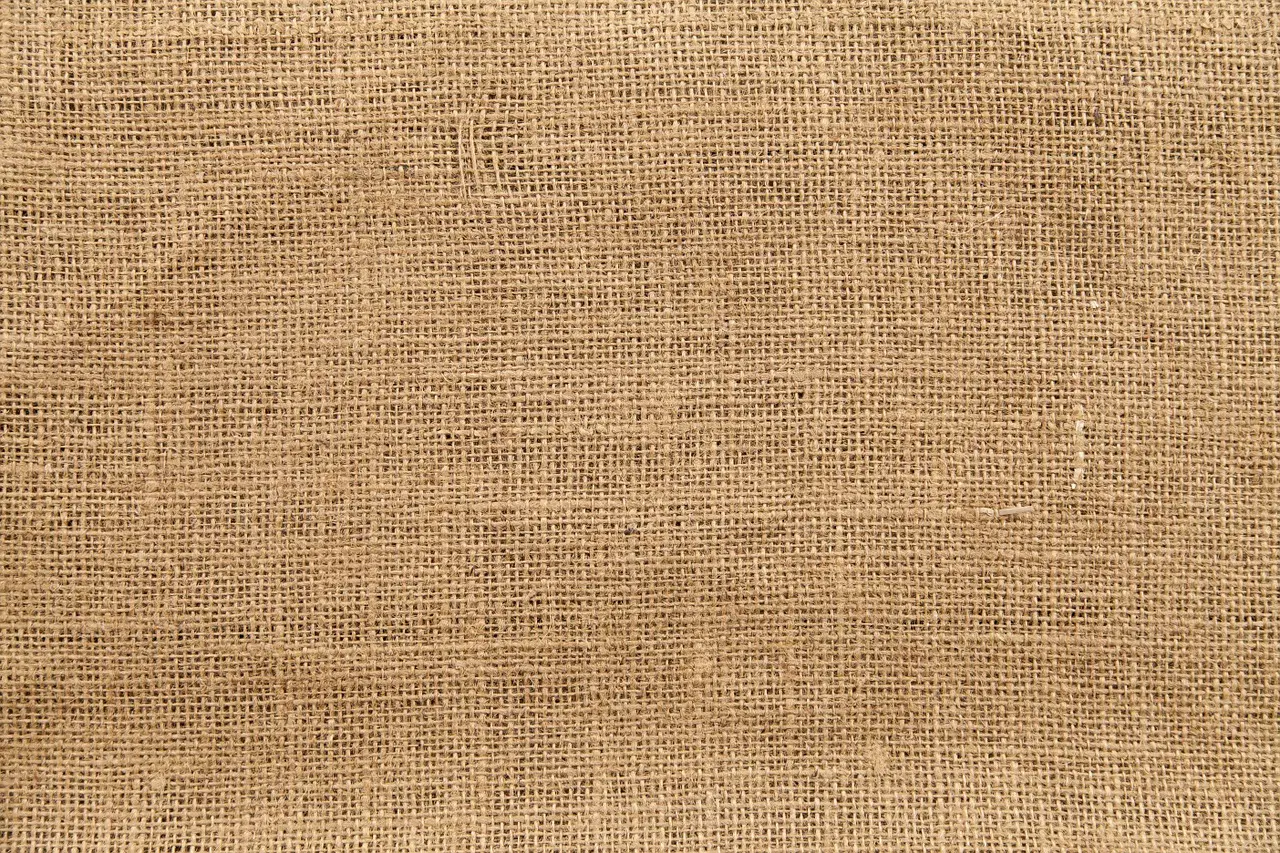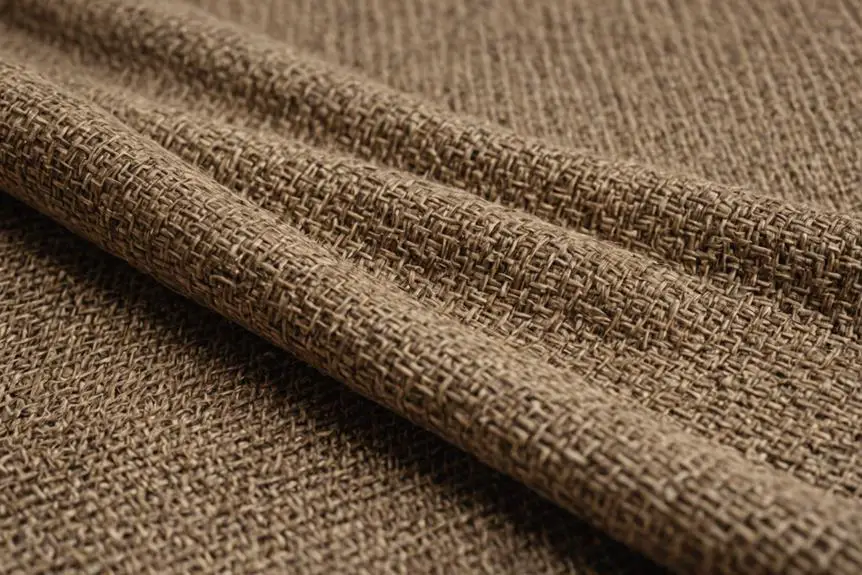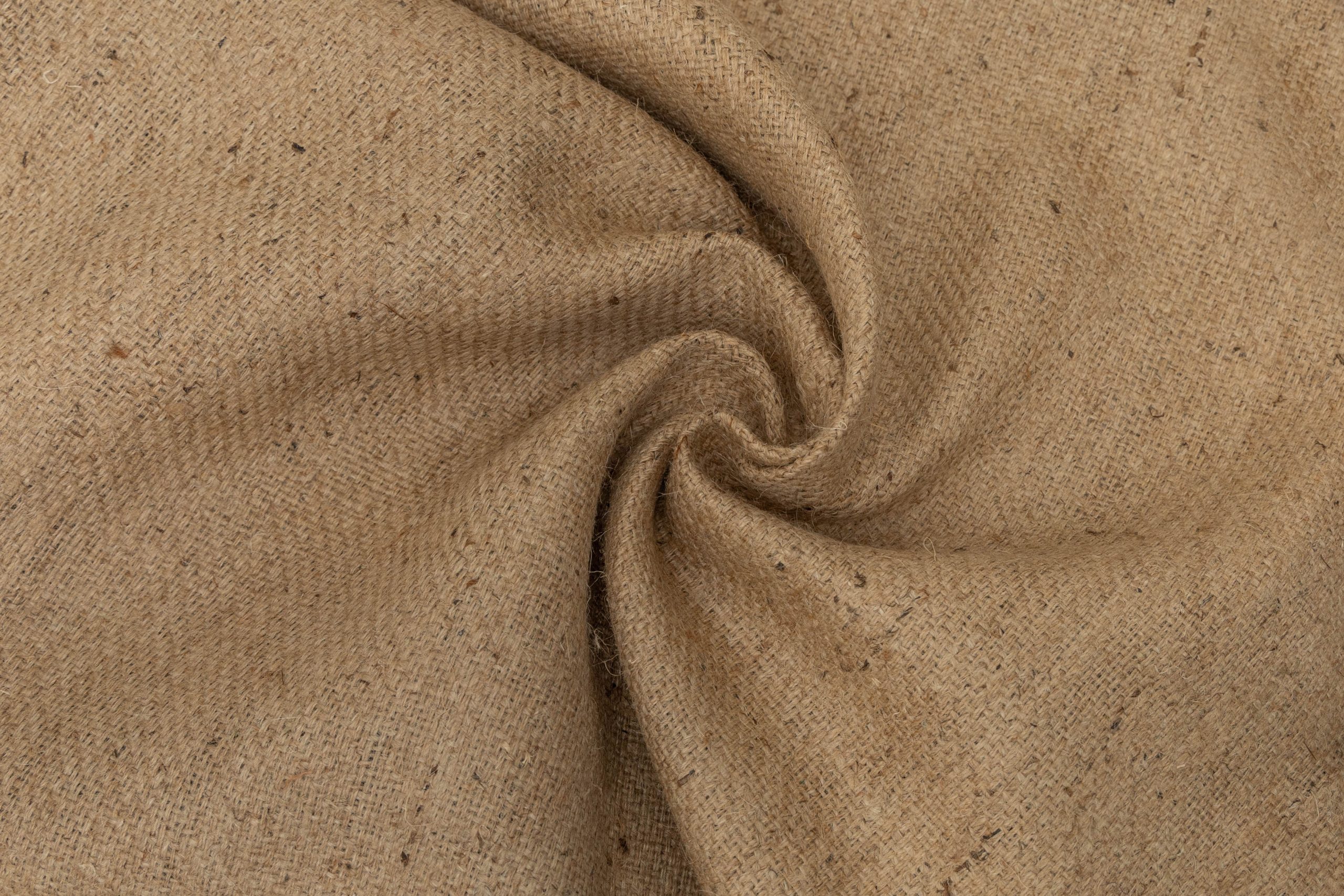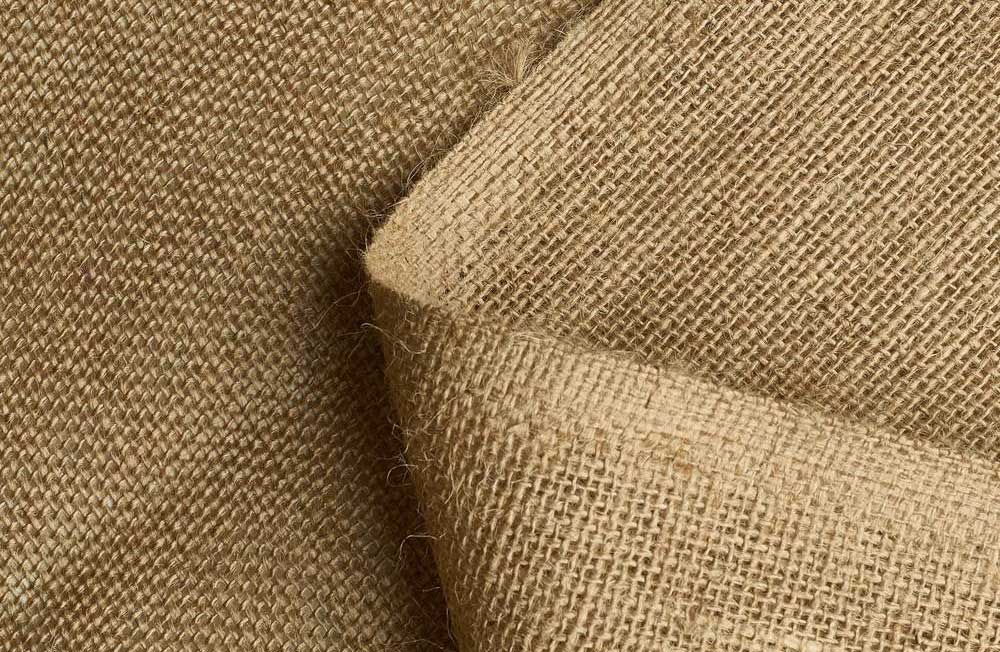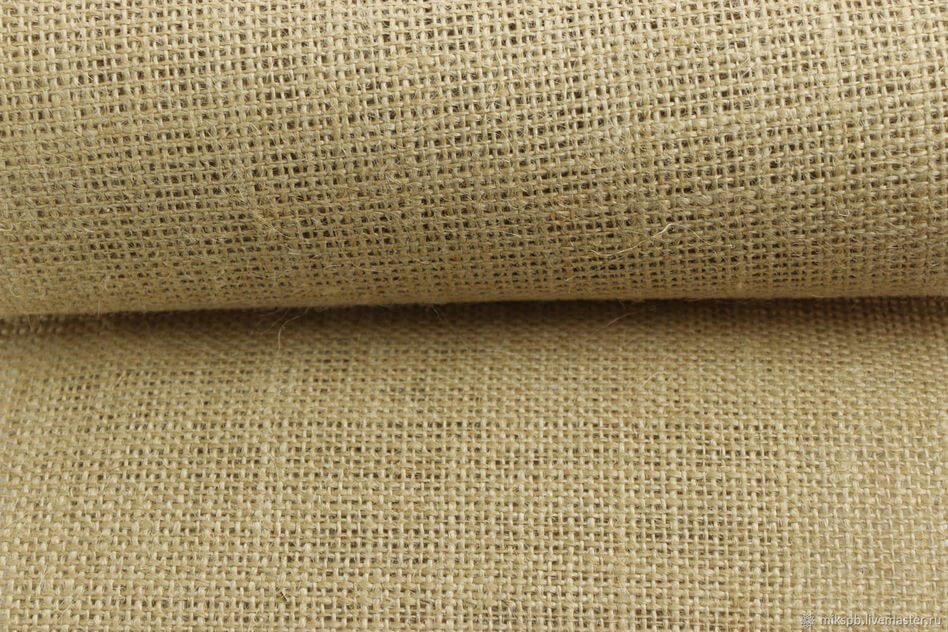Description
Jute fabric, often referred to as the “golden fiber,” has been an integral part of the textile industry for centuries due to its strength, durability, and eco-friendly nature. Derived from the jute plant, primarily grown in Bangladesh and India, this biodegradable material has gained popularity as an environmentally sustainable alternative to synthetic fabrics. Jute fibers are known for their coarse texture, which gives them a unique character and makes them ideal for various applications, from household items like burlap sacks and curtains to fashionable handbags and upholstery.
The versatility of jute fabric makes it suitable for both industrial and decorative purposes. Its breathable nature allows for excellent air circulation, which is a desirable feature in products such as agricultural sacks and packaging materials. Additionally, jute’s natural coloration can be enhanced through dyes, enabling designers to create vibrant and appealing products that resonate with consumers looking for sustainable fashion options. The ongoing demand for eco-friendly materials has further propelled the jute industry, encouraging innovations in design and production methods that align with modern consumer preferences.
Moreover, the cultivation of jute contributes positively to the environment. As a renewable resource, its production requires less water than many synthetic fibers and absorbs a substantial amount of carbon dioxide from the atmosphere. The use of jute fabric not only promotes sustainability but also supports the livelihoods of millions of farmers and laborers, particularly in rural areas where traditional agricultural practices are maintained. As awareness of climate change and environmental issues continues to grow, jute fabric stands out as a beacon of eco-conscious living, embodying a future where fashion and sustainability coexist harmoniously.


